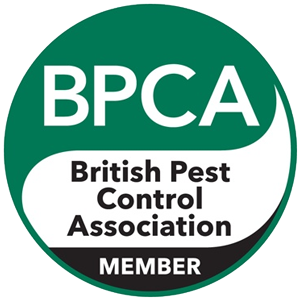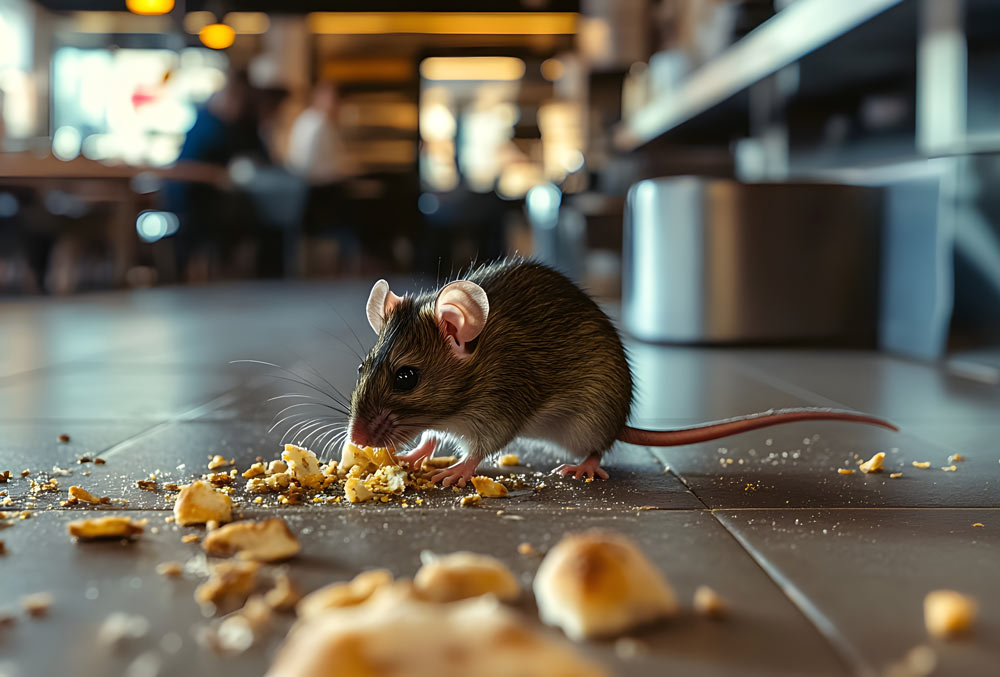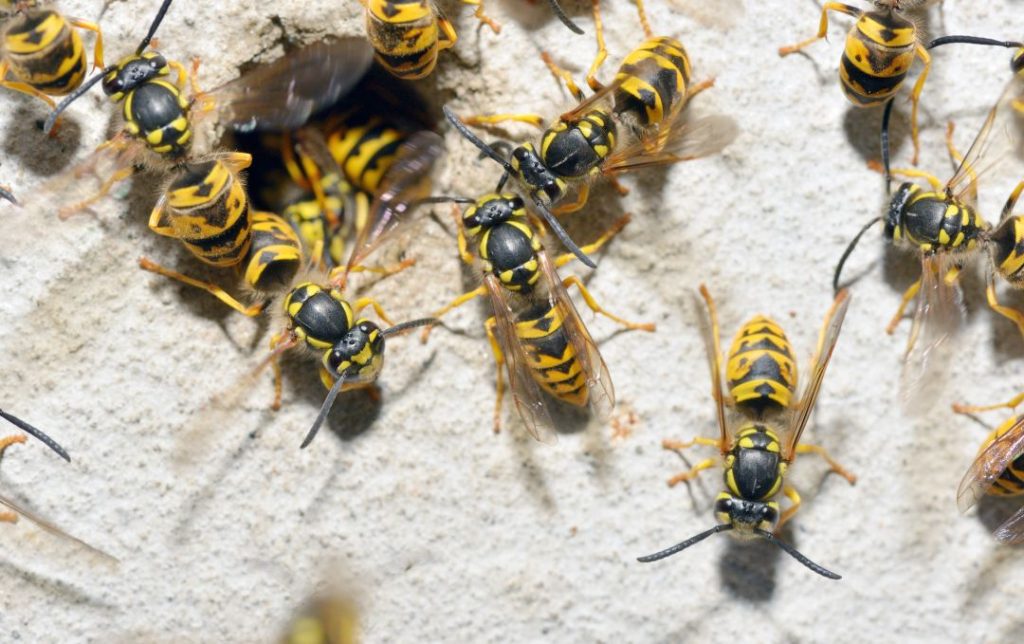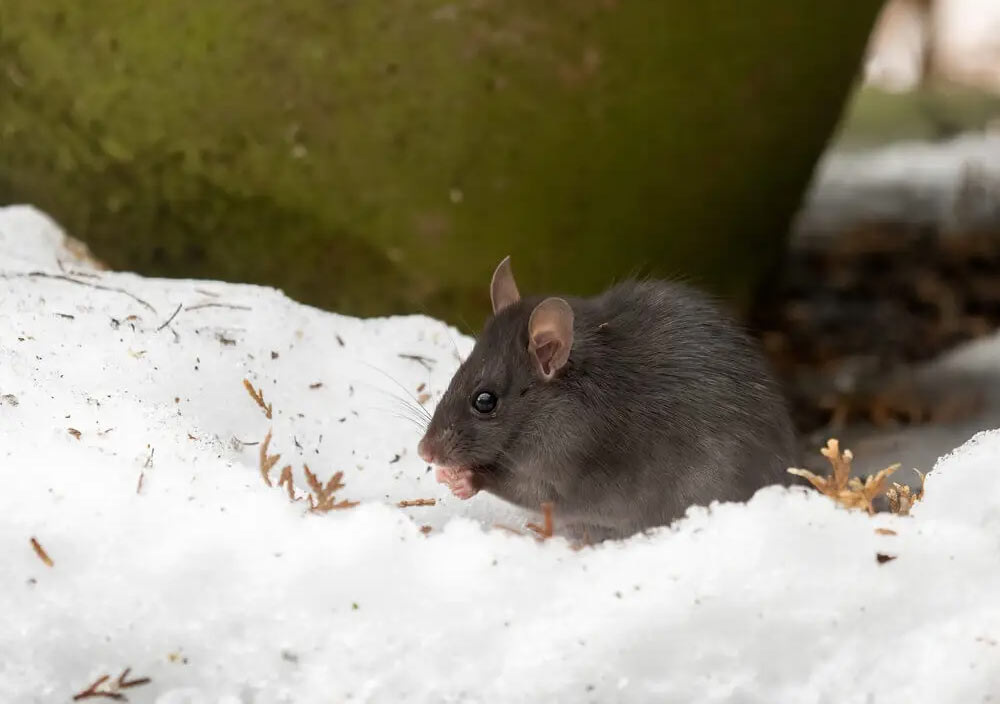Pest control is a critical aspect of running any food-related business. From restaurants to large-scale food processing plants, maintaining a pest-free environment is essential for safeguarding public health, preserving food quality, and protecting a business’s reputation.
Pests can cause severe contamination, spread diseases, and lead to costly fines or even the closure of an establishment if not managed properly. Their presence poses risks not only to consumers but also to staff and the broader supply chain.
Food businesses in the UK are legally obligated to maintain high standards of hygiene and safety. Compliance with regulations such as the Food Safety Act 1990 and adherence to Hazard Analysis and Critical Control Points (HACCP) principles are fundamental requirements.
A robust pest management strategy is vital to meet these standards, ensuring that food establishments operate safely and efficiently while avoiding potential legal and financial repercussions.
Understanding Pest Risks in Food Establishments
Pests are a common yet significant threat to food establishments. Rodents, cockroaches, flies, and stored product pests like weevils can quickly infest kitchens, storage areas, and waste disposal zones.
These pests are not just a nuisance—they contaminate food, spread bacteria like Salmonella and E. coli, and cause damage to infrastructure and stock. Left unchecked, they can severely harm a business’s reputation and lead to customer loss.
The environments within food establishments often provide an ideal habitat for pests. Warmth, moisture, and an abundant food supply make kitchens and waste storage areas particularly vulnerable.
Understanding what attracts pests is the first step to preventing infestations. Identifying these risks helps businesses implement preventative measures and maintain a pest-free environment.

Regulatory Standards and Compliance
In the UK, food establishments are required to comply with strict food safety regulations to ensure public health. Laws such as the Food Safety Act of 1990 demand businesses take all reasonable precautions to prevent contamination, including managing pest control effectively.
Failure to meet these obligations can lead to hefty fines, legal action, and even permanent closure.
HACCP principles emphasise the importance of identifying and controlling potential hazards, including pest risks. Regular inspections and audits play a crucial role in ensuring that businesses comply with these regulations.
By adhering to legal requirements and maintaining proper documentation of pest control activities, establishments can build trust with regulators and consumers alike.
Key Components of an Effective Pest Management Plan
A proactive pest management plan is essential for any food establishment aiming to maintain a high standard of hygiene. Such a plan should focus on regular monitoring and inspections to detect early signs of pest activity.
Establishing a schedule for checks and recording findings ensures that infestations are addressed promptly, reducing the risk of contamination.
Prevention is equally critical. Measures like sealing entry points, managing waste effectively, and maintaining proper food storage can deter pests from entering. If prevention fails, control techniques such as traps, bait stations, and approved chemical treatments must be employed responsibly.
These actions, when documented, provide evidence of compliance and demonstrate a commitment to maintaining a pest-free environment.
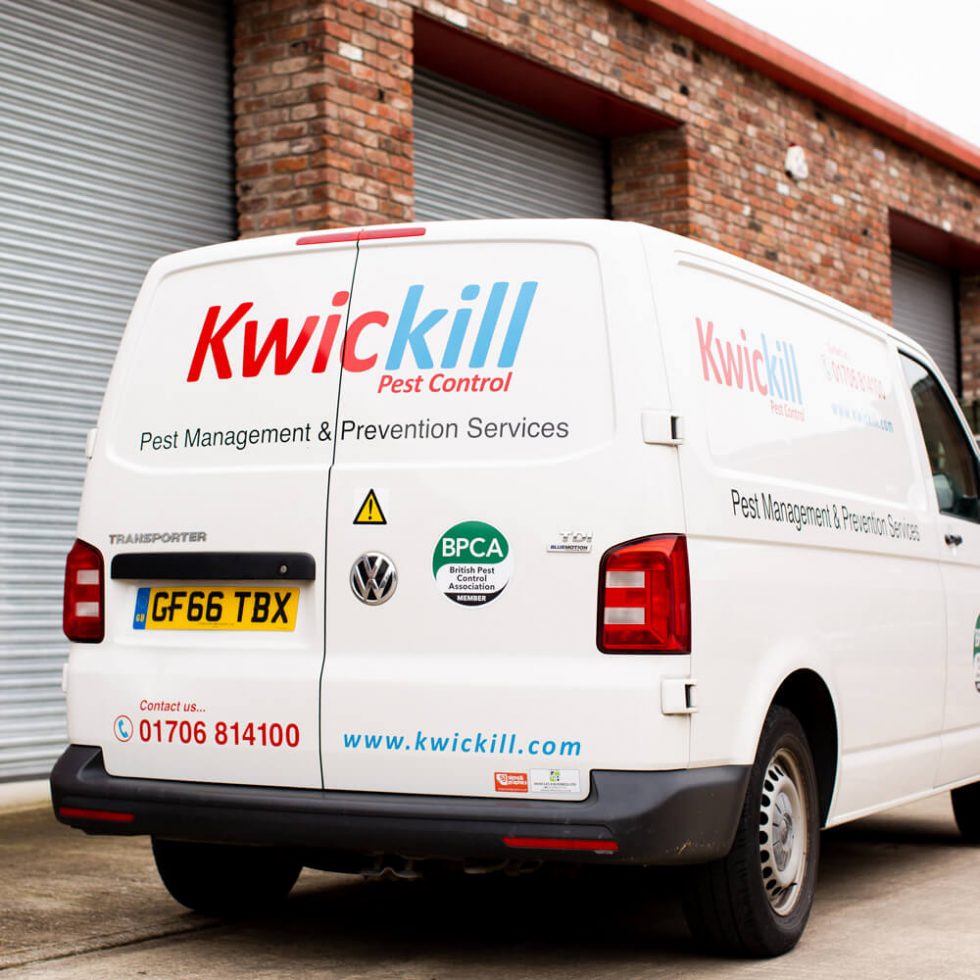
Staff Training and Awareness
Employees play a pivotal role in keeping pests at bay. Proper training helps staff recognise early signs of pest activity, such as droppings, chewed packaging, or unusual odours.
Empowering employees with knowledge about best practices, such as correct food storage and cleaning routines, creates a united effort to prevent infestations.
Raising awareness ensures that all staff contribute to maintaining high hygiene standards. Simple actions, such as promptly cleaning spills, securing waste bins, and reporting potential pest issues, can make a significant difference.
An informed and vigilant team serves as the first line of defence against pests in any food establishment.
Working with Professional Pest Control Services
Partnering with professional pest control providers can significantly enhance a food business’s ability to manage pest risks. Certified experts bring the experience and resources needed to address infestations efficiently while adhering to food safety standards.
They also offer valuable advice on long-term prevention strategies tailored to specific establishments.
When selecting a pest control provider, businesses should prioritise those with experience in the food industry, proven credentials, and a focus on safe, eco-friendly practices.
Establishing a collaborative relationship with pest control professionals ensures that potential issues are addressed proactively and effectively, minimising risks to the business.
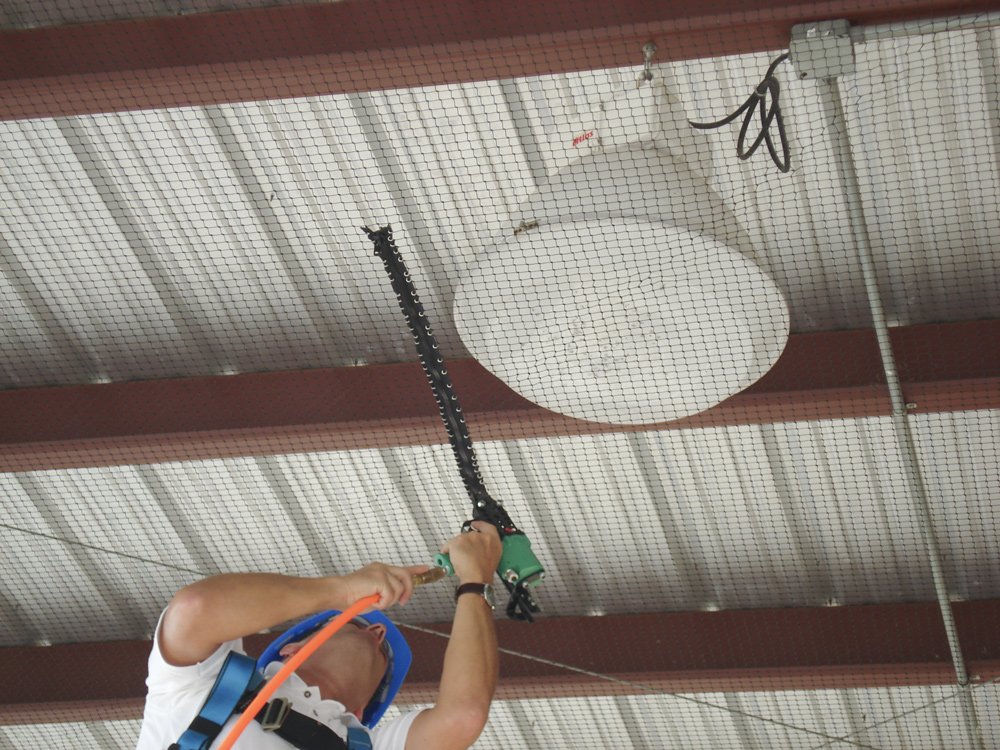
Implementing and Adapting Pest Control Protocols
Pest control is not a one-size-fits-all solution; it requires regular evaluation and adaptation to remain effective. Seasonal changes, environmental factors, and new pest challenges mean that protocols should be reviewed and updated frequently.
Businesses that stay ahead of potential issues are better positioned to maintain their reputation and compliance.
Continuous improvement in pest management is key. Establishments should incorporate feedback from audits, staff observations, and pest control providers to refine their strategies.
By staying proactive and flexible, food businesses can ensure a safe and hygienic environment for customers and employees alike.
Conclusion
Effective pest control is an indispensable part of operating a successful food establishment. By understanding the risks, complying with regulations, and implementing comprehensive management plans, businesses can safeguard their operations against infestations.
A proactive approach not only protects public health but also secures the trust and loyalty of customers.
Ultimately, pest control is a shared responsibility that involves staff, management, and professional services working together.
By prioritising pest management as a core aspect of operations, food businesses can thrive in a competitive industry while maintaining the highest standards of safety and quality.

